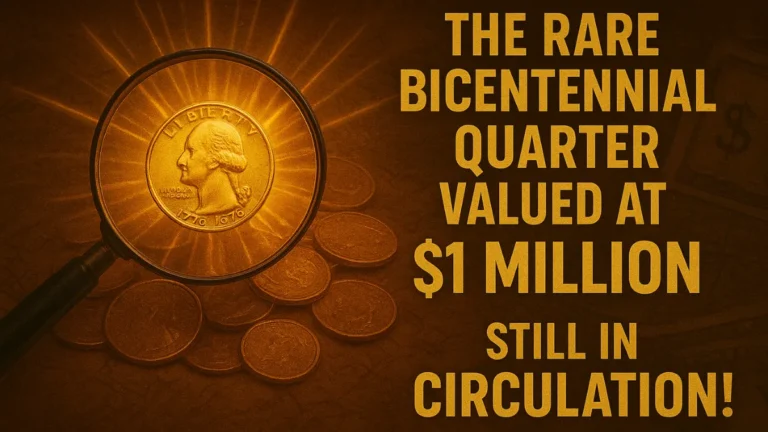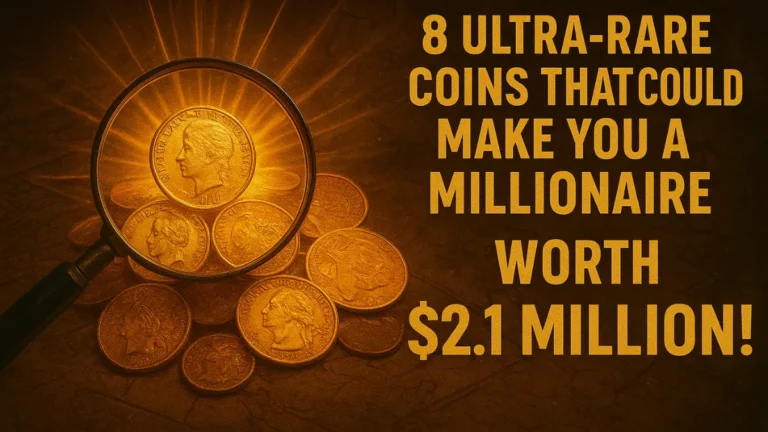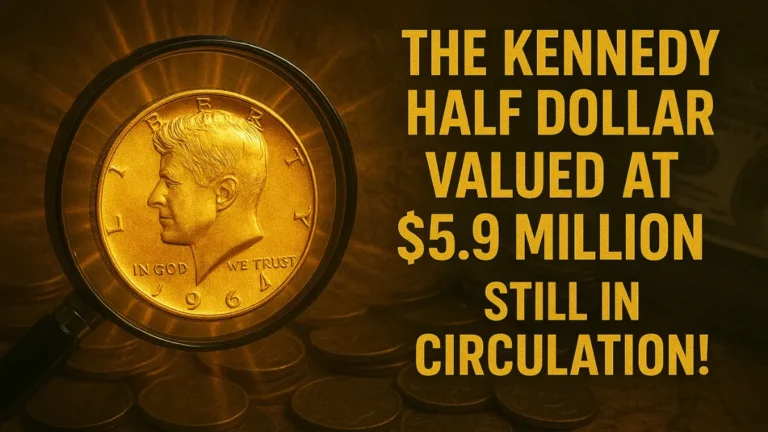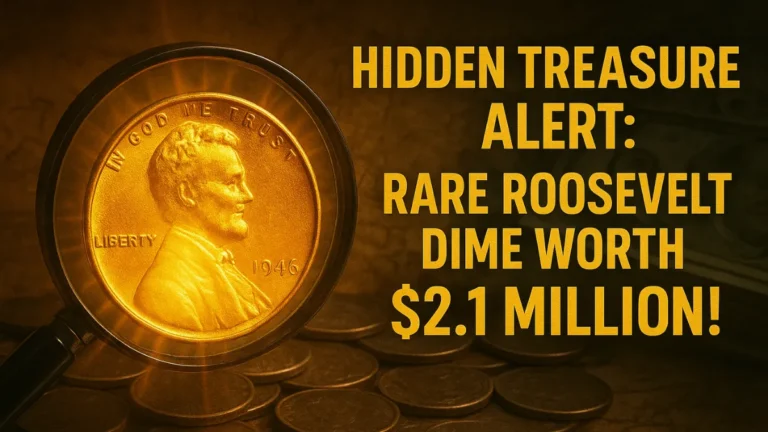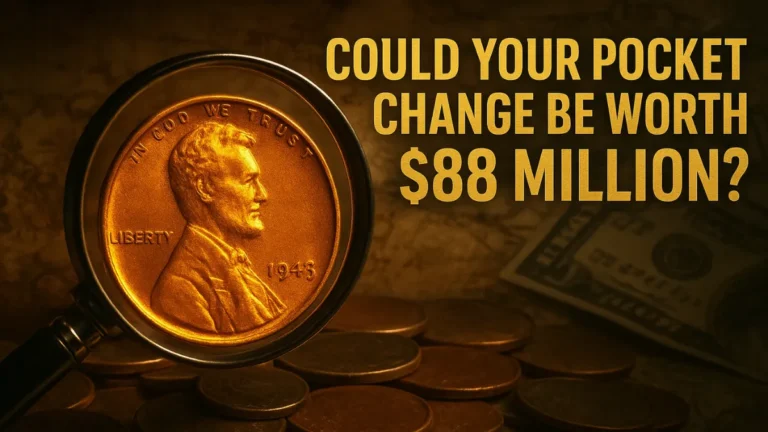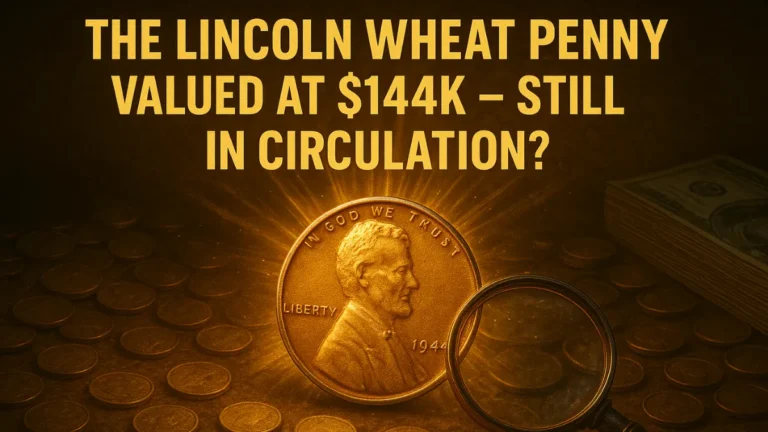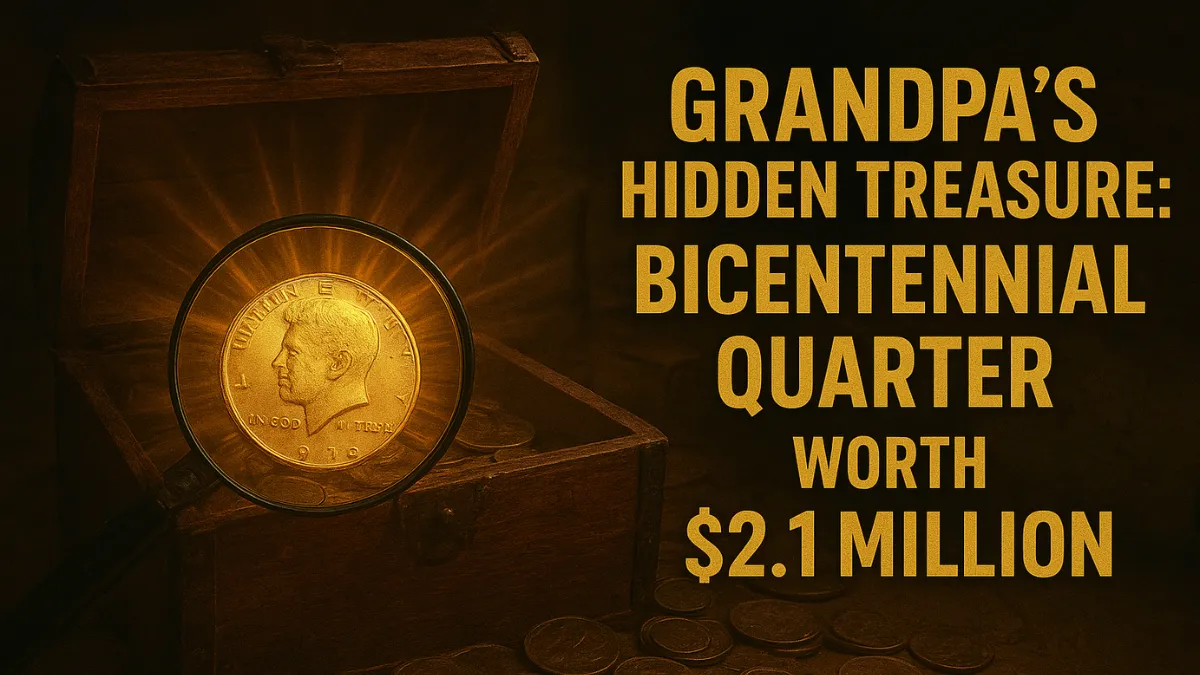Every family’s attic or heirloom box holds the possibility of real discovery, and the allure of valuable coins tucked away by generations past is a dream for many collectors. Among these legends, the Bicentennial Quarter stands out—not only for its nostalgic design but also for the extraordinary story of a specimen rumored to be worth up to $2.1 million.
For those looking to turn Grandpa’s hidden treasure into life-changing wealth, understanding the real history, identifying features, and marketplace for this rare coin is essential.
The Story Behind the Bicentennial Quarter
Minted in 1975 and 1976, the Bicentennial Quarter commemorates America’s 200th birthday. Unlike ordinary quarters, it features a special reverse design: a Colonial drummer and a victory torch, alongside the dual date “1776-1976.”
Over 1.6 billion Bicentennial Quarters were produced, making most of them common keepsakes rather than rare treasures. However, certain versions—particularly those with unique minting errors, or struck in 40% silver for collectors—can fetch substantial premiums from numismatists and investors.
The Million-Dollar Mystery: Is It Real?
The $2.1 million valuation is tantalizing, but facts matter. Bicentennial Quarters reaching this price point are far from typical and usually involve extraordinary circumstances, such as rare mint errors, provenance, or unique composite materials. Some unconfirmed reports mention a small batch of experimental coins or mistaken off-metal strikes that rarely surface in auctions.
To date, no publicized, authenticated sale of a Bicentennial Quarter has hit the $2.1 million mark, making these stories more legend than reality but underscoring the fascination and value that surrounds rare coin discoveries.
How to Identify a Valuable Bicentennial Quarter
Begin by inspecting dates, mint marks, and the metal content. Silver Bicentennial Quarters will have noticeably sharper edges, a distinct silver sheen, and may be marked “S” for the San Francisco Mint. Potentially rare examples include quarters with off-center strikes, double dies, or unusual coloration.
Proof and uncirculated versions, especially those graded by PCGS or NGC, can command hundreds or thousands. The crucial variable for an ultra-rare find is a significant minting error, documented authenticity, or a historic backstory—all factors that elevate value far beyond ordinary collector pieces.
Tips for Discovering Hidden Coin Treasures
If you’ve inherited coins or enjoy hunting through old change, use reputable coin reference guides to compare details and spot unusual features. Never clean or alter coins, as this can reduce their value. For any suspected treasures—especially Bicentennial Quarters with potential rarity—seek a professional appraisal and consider authentication from a trusted grading company.
Engage with coin collecting communities online and attend shows if possible to stay current on new discoveries, genuine sales, and best practices. Persistence, curiosity, and informed research are your best tools for turning a hidden quarter into a find worth celebrating.
The Joy (and Value) of Coin Collecting
Whether or not Grandpa’s attic holds a $2.1 million Bicentennial Quarter, the true treasure may be the excitement of the hunt, the stories coins tell, and the bond between generations sharing in history. Coin collecting blends art, culture, and commerce, offering a tangible connection to the past and a reminder to look closely at everyday objects—you might just find a fortune or an heirloom far more valuable than money alone.
✨ You May Also Like ✨
